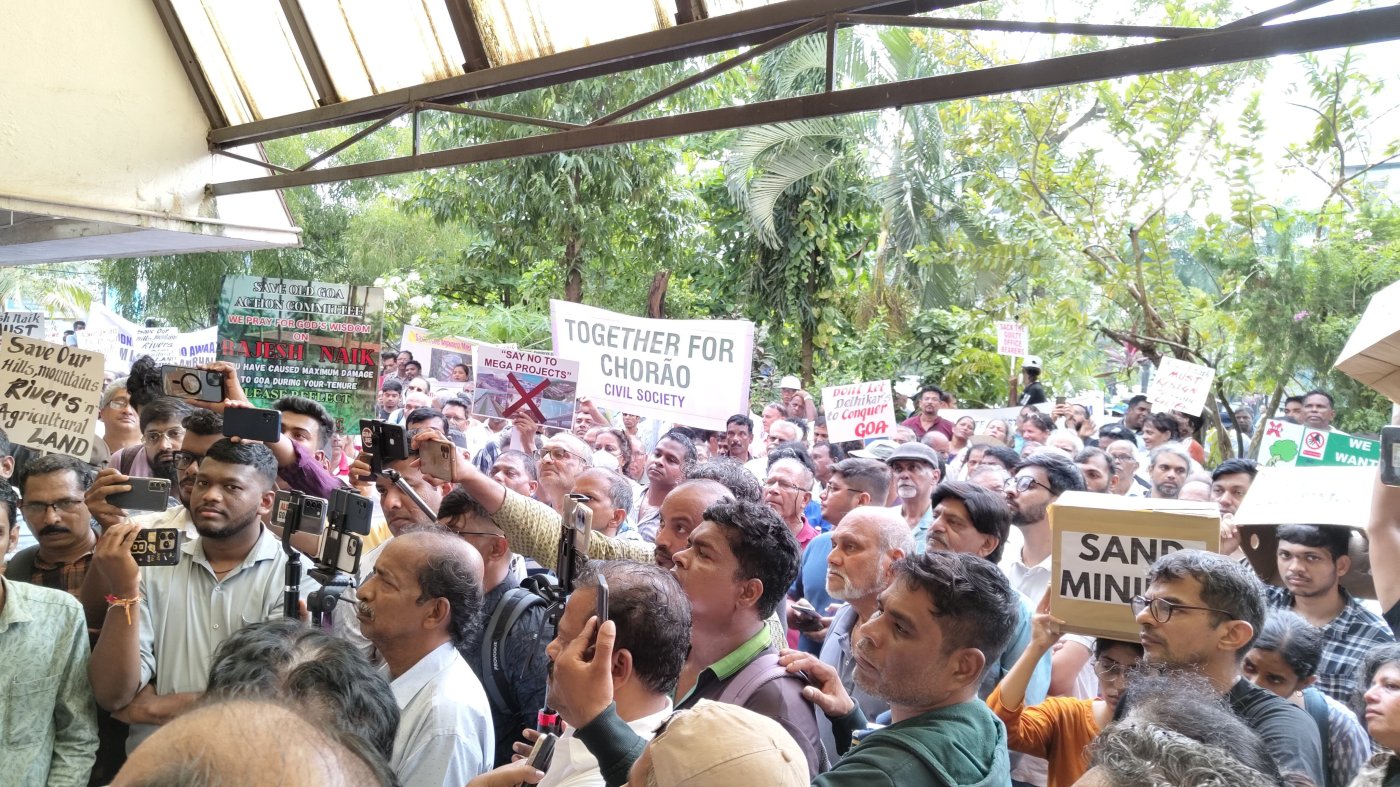Panaji, Goa: Tahir Noronha grew up listening to an old wives’ tale passed down through generations in Goa. It described how villages were divided into two parts: mann and rann. The mann was the area demarcated for human settlements and the rann was the surrounding terrain of woods and wetlands, upon which building was forbidden.
“Villagers foraged in the forests and farmed the fields but always returned home before nightfall,” recalled the 29-year-old architect and urban planner. “A local deity, rakhondar, was believed to protect people in the mann, but in the rann, they were at the mercy of nature.”
Goa, India’s smallest state, is home to an unusual diversity of landscapes. Sandy beaches line its western coast, rivers meander through plateaus covered in fruit plantations in the midlands and the forested mountains of the Western Ghats form its eastern frontier. By the 1980s, tourism and mining had drowned out the agrarian lifestyle that preserved this intricate ecosystem, and settlements began to expand.
In more recent years, this sprawl has accelerated exponentially.
Between March 2023 and September 2024 alone, 22 lakh sq metres of land—equivalent to 308 football fields—was converted, mostly to permit construction. In other words, these 18 months witnessed land use conversions equivalent to 18% of all the land converted during the 37 years between 1986 and 2023— 121 lakh sq metres, as per notifications in the Official Gazette of Goa. These conversions were made possible by an amendment to the state’s Town and Country Planning (TCP) Act, 1974 introduced in the state’s legislative assembly by the Bharatiya Janata Party-led government and passed in March 2023.
The amendment, by way of introduction of section 17(2) of the law, allows property owners to apply for “correction” of “inadvertent errors” in Regional Plan 2021, the state’s land-use map that designates areas for development (settlement, commercial) and protected ecozones (private forest, paddy fields, orchards, no-development slopes).
Since August 2024, resistance to ad-hoc land conversions has sparked a widespread people’s movement in Goa.
On 1 October, about 1,000 citizens marched to the town and country planning department’s office in Panaji, armed with brooms to “clean up” the department’s act. They demanded the resignation of chief town planner Rajesh Naik.
Most conversions changed land from ecological to development zone. “In 90% of the cases, their beneficiaries are real-estate groups,” said activist Swapnesh Sherlekar, who organised the gathering.
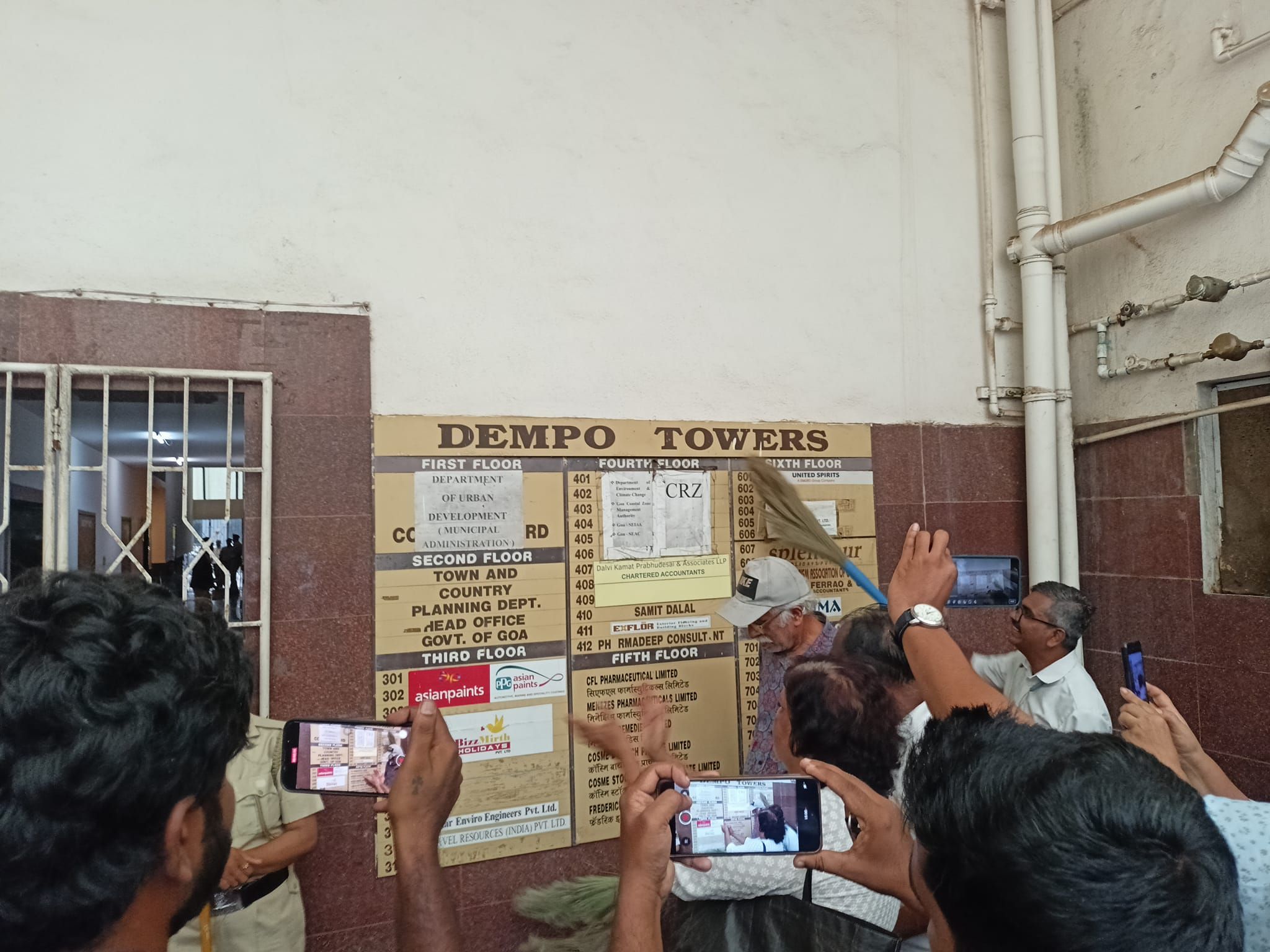
At the heart of this movement is Sancoale, a village 25 km south of Panaji, where Delhi-based realtor Bhutani Infra acquired 35 lakh sq m of reclaimed private forest land on a “no-development” slope in July 2023 to develop a luxury township of apartments and villas, with restaurants, spas and swimming pools.
By November 2023, the builder had amended land use from residential to commercial, benefiting from the increased Floor Area Ratio (FAR) from 80 for residential structures to 200 for commercial buildings. FAR is a measure of buildable area on a plot of land, and the land use change brought a windfall of a 150% increase in how much construction would be allowed on the land .
Chief town planner Rajesh Naik told Article 14 he was not authorised to comment. While TCP minister Rane was unavailable to respond to queries, Goa’s BJP spokesperson Giriraj Pai Vernekar claimed the government was doing “everything possible” to protect eco-sensitive land.
On the widespread concerns from environmental groups and residents regarding ecological risks associated with the clearing of green cover for development, Vernekar told Article 14 that the state tends to face opposition on ecological grounds “without any proper basis or scientific study”. He claimed that higher fees dissuade people from land conversions.
On allegations that real estate developers are benefiting disproportionately from recent amendments to the TCP Act, at the expense of local communities, Vernekar said one of the primary objectives of these amendments was to make corrections wherever land use was incorrectly converted in the past. “On what basis they make these allegations will have to be checked,” the spokesperson said. “As I said, a lot of this opposition has absolutely no data to back it up.”
The Rush To Sancoale
In September 2024, Bhutani Infra began constructing a compound wall and felling trees on the site.
Locals responded by rushing to the Sancoale village panchayat (elected council), prompting them to issue a show-cause notice to the builder. “In their reply, they couldn't provide any necessary permissions, including NOCs (no-objection certificates) from the forest, water or fire department,” said Tulshidas Naik, a panch (ward) member. “All they had was a technical clearance and a conditional construction licence.”
At the time, the developer had a letter of intent issued by authorities, the first in a series of permits to be obtained from various departments.
At the next panchayat meeting, Tulshidas Naik, who opposed the project, said that three out of five panch members and the deputy sarpanch (head of the panchayat) wanted to seek legal advice. This came despite the panchayat’s statement in their show-cause notice that the builder’s licence would be revoked if he lacked the required permissions. Unable to resolve the issue, the panch members who were in favour of getting legal advice about revoking the builder’s licence walked out, dissolving the meeting’s quorum.
Bhutani Infra did not respond to emailed queries from Article 14.
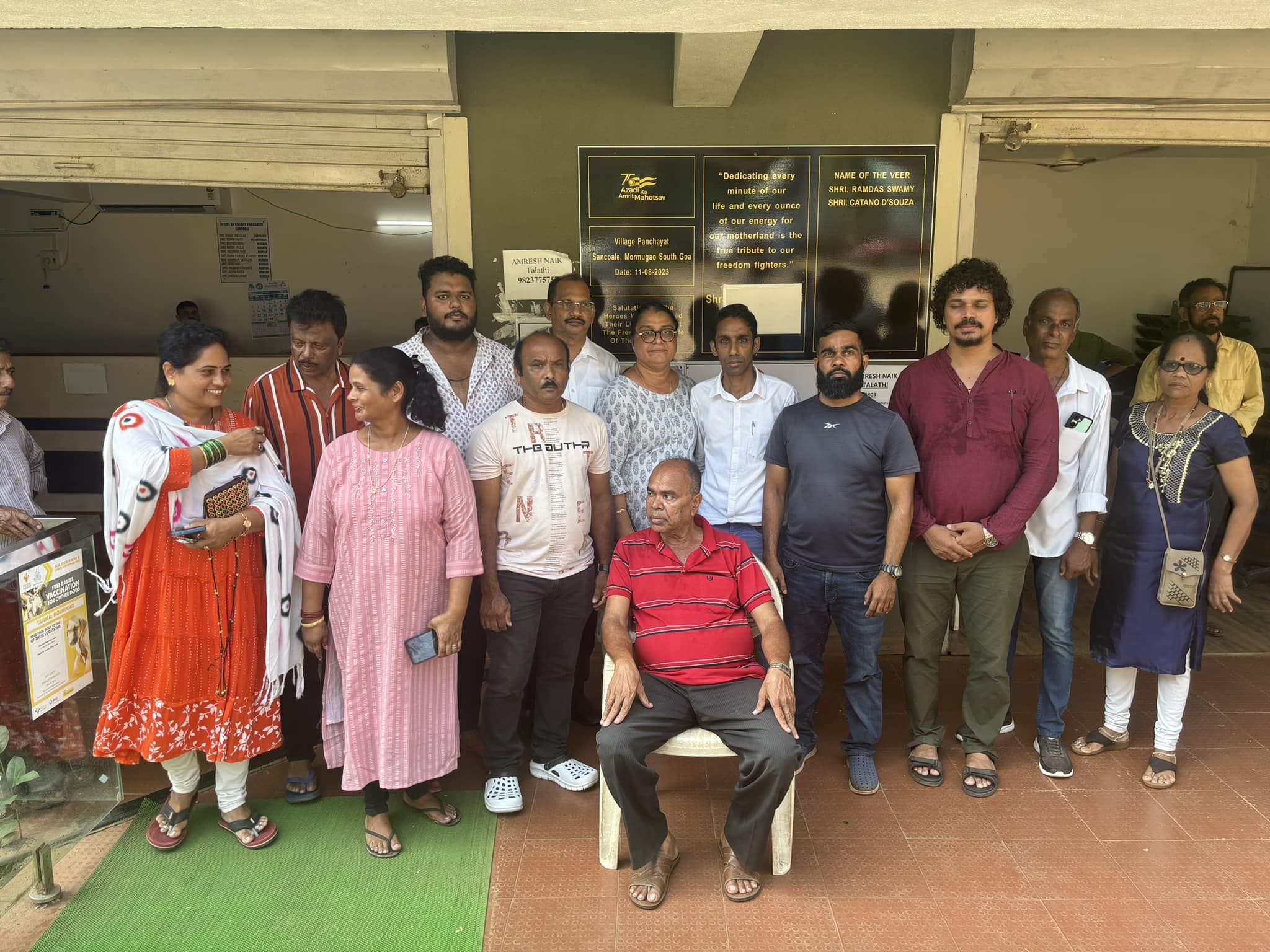
In the past decade, over 10,000 housing units have sprung up in Sancoale, built by developers including Puravankara, Tata Housing, Umiya and Sattva, who cater to city dwellers. With a local population of 20,000, the village’s infrastructure is overstrained. Already grappling with a waste-management crisis, it now faces the added burden of garbage from gated communities. As waste collection is sporadic, heaps of trash pile up in every corner of the neighbourhood.
As the state government lacks resources to provide basic infrastructure such as sewage treatment and water supply to large housing complexes, builders are instructed to install these services themselves. Often, this is carried out with little regard for the area's ecology and natural resources.
Sancoale villagers said most buildings lack mandatory sewage treatment plants.
“They discharge raw sewage into open fields and drains late at night,” said Narayan Naik, a local activist. “Our lakes are polluted, our fields are contaminated. We can't even farm.”
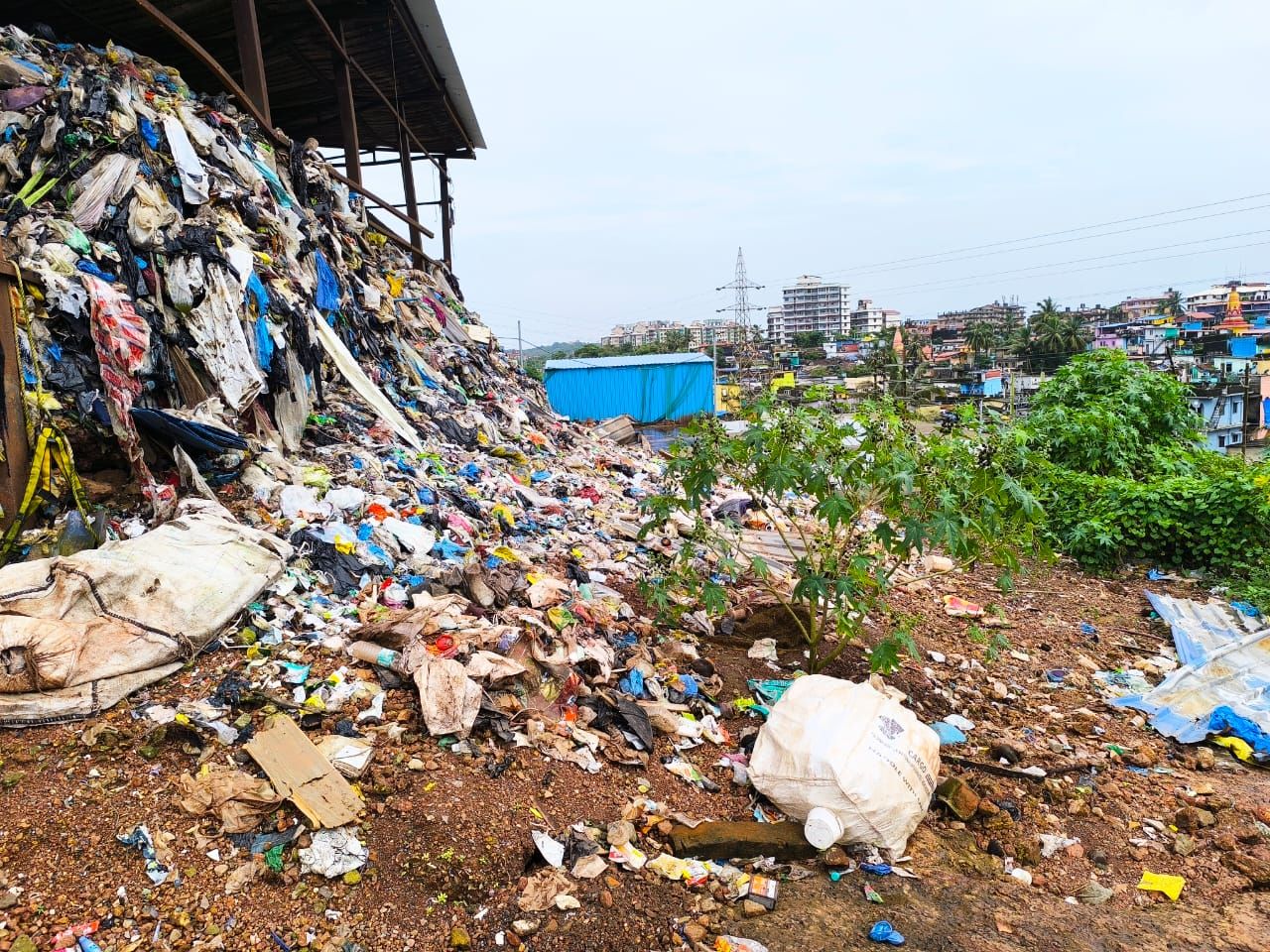
During the 25 years he's lived in the village, Narayan Naik claimed there was never any flooding—until last monsoon, when his house, just 50 m from the contested Bhutani site, was submerged in knee-deep water. He attributed this to deforestation caused by the builder and blocked drains in the area.
While Bhutani's project boasts 700 private pools, the village's wells, once its main water source, have been dry for five years. The locals now rely on storage tanks and a pipeline from the public works department (PWD), which provides water for two-three hours a day.
Goa’s Worsening Water Shortage
There is an acute water shortage in Goa. According to government records, the state requires a water supply of 645 million litres per day (MLD), but only receives 560 MLD, a deficit of 85 MLD.
Not long ago, Goa had a remarkably high water table. Its low-lying paddy fields and laterite plateaus acted as natural water sinks during the monsoon, recharging groundwater that could be reached through shallow wells.
“The original settlements were carefully positioned where the aquifer was easily accessible,” said Noronha. “But the recent developments are specifically targeting the lowest lying land and the steepest slopes.”
“That’s why builders have to go for a borewell,” he explained. “But the problem is: borewells go (100 m) deep into the lower aquifer and start to suck out water from the higher aquifers, which (10 m) shallow wells are tapping, depleting the entire village’s water resources.”
In July 2024, the PWD sealed 13 illegal borewells in Morjim, a village in north Goa's Pernem taluka. These borewells were discovered on a 62 lakh sq m property atop a hill. Four of the six plots in the property are owned by Hyderabad-based Gangareddy Infra and two by film star Konidela Ramcharan Tej (RRR-fame).
Between March and April 2023, the land was rapidly reclassified from orchard zone with no-development slope to a settlement zone. Plans are in motion to construct a community of exclusive farmhouses on it.
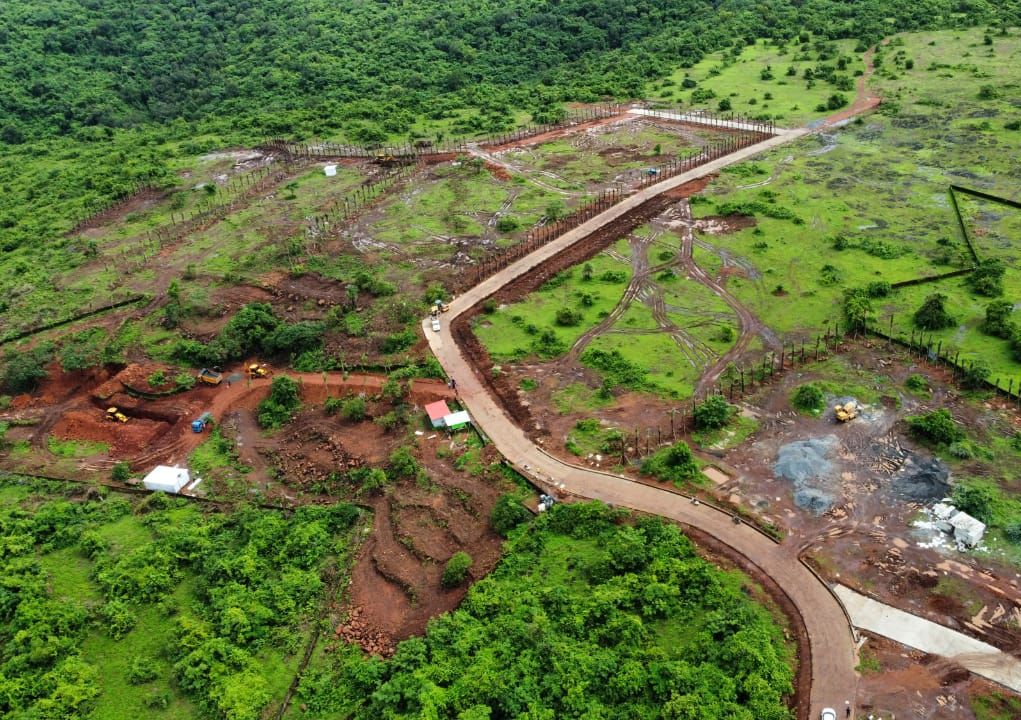
A Wave Of Investments In Pernem
Pernem was a sleepy taluka, untouched by the modern pace of life, until the new Manohar International (Mopa) Airport opened in the area in January 2023. A wave of investments followed, and within two months of the first flight, the Goa Investment Promotion Board approved six projects worth Rs 300 crore in the taluka.
In September 2024, Chopdem, a village 25 km south-west of Mopa Airport, saw the conversion of 3 lakh sq m of ‘natural cover zone’ or land with considerable vegetation and orchard land into a settlement zone—an increase of 136% over its existing settlement area.
Meanwhile, in Dhargalim, 11 km from the airport, the integrated resort Deltin Town is under development. Spanning 3 lakh sq m, the resort will feature hotels, restaurants, a cinema hall, a shopping area and a water park. Designed to accommodate 45,000 people—nine times the village's population of 5,000—its water demand of 4.5 MLD could suffice for two to three villages in Goa.
“The movement in this area is huge now,” said Mayur Shetgaonkar, an agriculturalist and activist from Morjim. “But the condition of roads is pathetic.” In Pernem, most roads are only 2-3 m wide, while large constructions require roads at least 6-7 m wide. As a result, multiple road-widening projects are underway simultaneously. This has placed enormous strain on rerouted roads, which are now congested, prone to accidents and unsafe for pedestrians.
Shetgaonkar pointed out that construction permits are often granted based on “proposed infrastructure” rather than existing facilities. For instance, the Mopa Airport link road was completed 1.5 years after the airport opened, forcing traffic to use the village's internal roads in the meantime.
In February 2024, Goa’s town and country planning minister Vishwajit Rane introduced a new amendment, section 39A, which allows the chief town planner to modify the Regional Plan and the Outline Development Plans (ODPs), after a 30-day notice inviting public suggestions.
Noronha argued that amendments like sections 17(2) and 39A encourage piecemeal zoning—small, case-by-case changes—rather than bulk zoning, which defines larger areas at once. “Piecemeal and planning don’t work together,” he said. “Bulk zoning allows people to see the bigger picture, and react. With piecemeal changes, if it wasn’t for people like Swapnesh (Sherlekar) tracking and mapping every notification, no one would know what’s happening.”
Resisting The Concrete Takeover
Noronha and Sherlekar have assembled teams to review each section 39A proposal, evaluate its pros and cons and assist people in submitting feedback to the TCP department. “Right now, we are doing the town planner’s job, we are conducting risk-assessments,” said Noronha.
Sherlekar, who is at the forefront of this people’s movement, organises protests and creates YouTube videos analysing land conversions and construction permits, using data he obtains through the Right To Information Act, 2005. His channel leverages public transparency to challenge unchecked development.
Along with applications for converting land use, land owners must submit to the TCP office a third-party engineer’s report on why the property may be converted into a settlement zone.
The proposal is then scrutinised for final approval by a board of “expert committee members” in the TCP department.
One such expert is Paresh Gaitonde. He is also the chartered engineer for The Bay View, a luxury project by DLF in Reis Magos, a village on the northern bank of the Mandovi, opposite the capital city. It features 62 villas, each priced over Rs 55 crore, spanning 1.5 lakh sq m of land once designated as orchard zone with no-development slope. The hill site, overlooking the Mandovi river, has been cut and shaved, resulting in some of the starkest visuals of environmental destruction in the state.
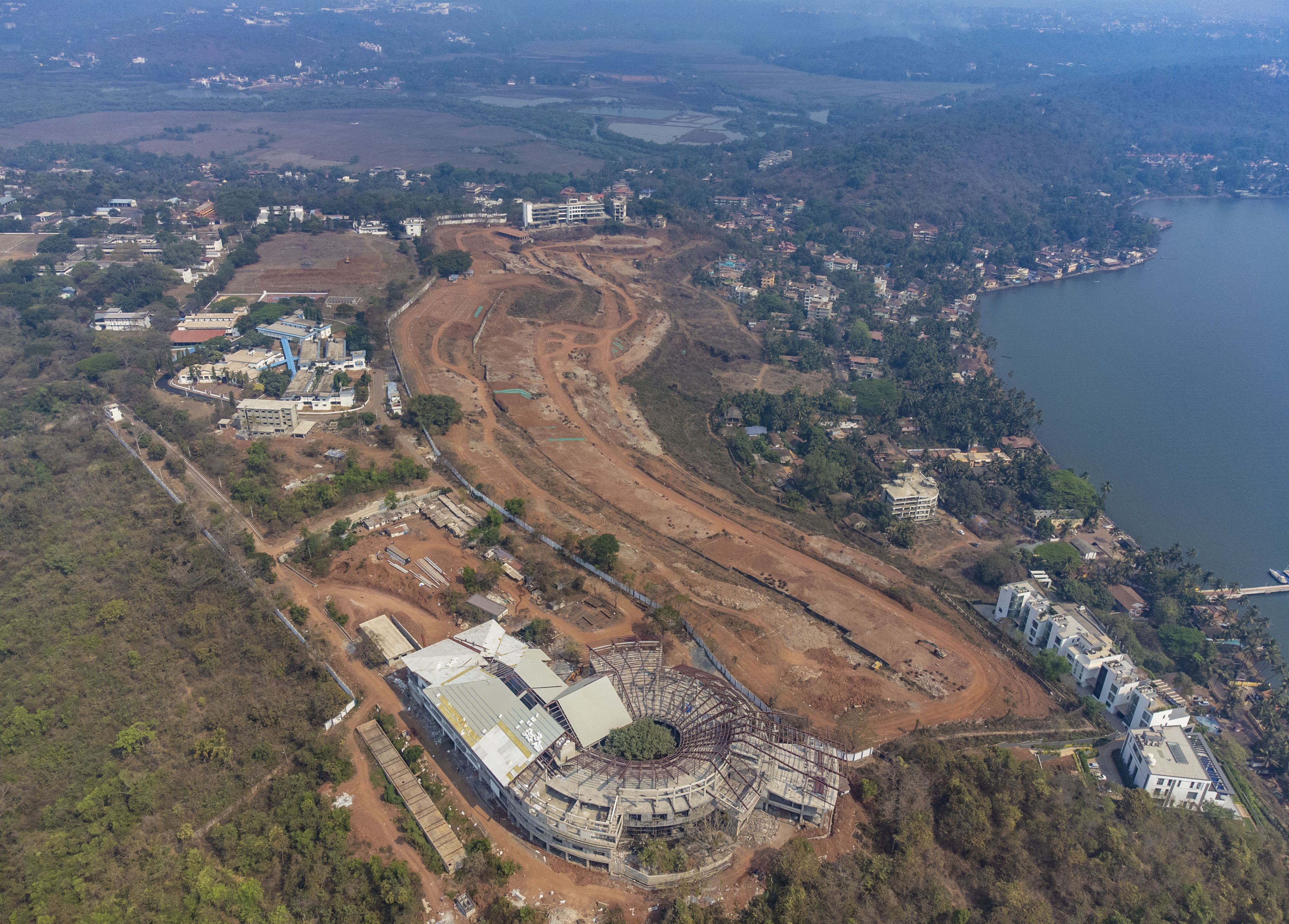
With over 30% of zone changes involving conversion of no-development slopes, Goans are concerned about disasters like the landslides that struck Wayanad in Kerala in July 2024. Both Goa and Wayanad share similar terrain, rainfall patterns and house parts of the ecologically sensitive Western Ghats. Their steep slopes and plateaus, composed of laterite soil, are prone to landslides and flooding when destabilised.
The Dangers Of Cutting Hills, Forests
Goa has experienced record rainfall over the past four years. According to the Indian Meteorological Department, the state received 7% of its average annual rainfall in just one day on 8 July 2024. Similarly, on 30 July 2024, Wayanad recorded 6% of its yearly average in the landslide-prone Mundakkai and Chooralmala regions of the Western Ghats, triggering hillside collapses that swept away two villages and killed more than 400 people overnight.
Claude Alvares, director of the Goa Foundation, an environmental group that has opposed destructive development for 30 years and challenged both section 17(2) and 39A in the High Court of Bombay at Goa, said, “The government is capitalising on Goa’s greenery for a real estate speculation market. The development isn’t driven by housing needs but by people from cities like Delhi and Bangalore buying second or third homes. They visit twice a year, and eventually, the property becomes a speculative asset that gets sold off.”
According to the 2011 Census, 25% of houses in Goa were empty.
The post-pandemic exodus of young professionals to Goa, driven by remote work, has pushed rental yields to 5%-8%, according to a report by real estate consultants Savills India. The state has become a hotspot for “second homes”, with gated villas in North Goa seeing a 28% year-on-year rise in value on average. Part of their appeal, ironically, lies in Goa’s lush greens.
A borrowed nostalgia bears heavy on Shohail Furtado’s mind, who often looks at restored photos of Goa from the 1970s and 80s. “Our parents lived through Goa’s golden years,” said the 26-year-old IT professional from Varca, South Goa. “What we’re inheriting are the darker days.”
In September 2024, he began creating informative videos on social media to engage his peers in the movement. His first video went viral, amassing 96,000 views on Instagram, mostly from young people like himself.
Furtado reflects on the enduring legacy of Goa’s grassroots movements, citing past agitations against the Konkan Railway, the Nylon 6,6 plant, Zuari Agro, and more recently, the denotification of the Regional Plan 2011. He believes it is now up to his generation to keep the flame of resistance burning, for connection to land is deeply rooted in the Goan consciousness, and what the state stands to lose—beyond orchards, hills, paddy fields and forests—is its very identity.
This report was edited to correct a data point. In the 37 years between 1986 and 2023, Goa witnessed conversion of land use on 121 lakh square metres of land, not 2 lakh square metres as the original report said. We regret the error.
(Shivangi Vaswani is an independent journalist based in Kodi Bengre in Udupi, Karnataka, writing at the intersection of art, culture, environment and socio-politics.)
Get exclusive access to new databases, expert analyses, weekly newsletters, book excerpts and new ideas on democracy, law and society in India. Subscribe to Article 14.

